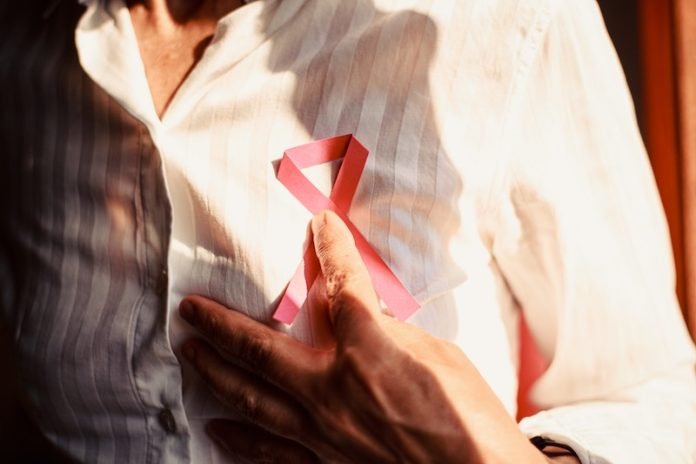
In a world increasingly influenced by technology, artificial intelligence (AI) has shown its potential in healthcare, specifically in mammography.
A recent study comparing AI’s performance with that of more than 500 medical professionals found they were almost equally adept at spotting breast cancer on mammograms.
Both human readers and AI had a nearly identical average sensitivity and specificity, indicating that while the technology is promising, it’s not perfect.
A Complex Landscape
Mammography is one of the most challenging tasks in radiology, according to Dr. Liane Philpotts, a professor of radiology at Yale School of Medicine.
It requires the identification of subtle patterns in what is essentially an old-fashioned X-ray image. Although digital 3D mammography is becoming increasingly popular, its introduction adds another layer of complexity to the analysis.
This explains why AI is not expected to replace radiologists any time soon but could potentially serve as a helpful adjunct.
Real-World Applications and Limitations
While the technology might be theoretically sound, its practical applications are yet to be fully explored.
Dr. Mozziyar Etemadi, an assistant professor at Northwestern University, points out that a critical aspect yet to be resolved is how AI will fit into a real-world workflow.
For instance, could AI pre-screen mammograms, flagging suspicious ones for radiologists to review?
The Cultural and Demographic Factors
It’s worth noting that the study, which involved a commercially available AI tool, was conducted in the U.K., where screening typically occurs between the ages of 50 and 70.
In the U.S., where 3D mammography is common and screening begins at age 40, the findings might not be directly applicable.
Women who are premenopausal generally have denser breast tissue, complicating the reading of mammograms.
The Future is AI-Supported
Despite these limitations, there is general agreement that AI will play an increasingly important role in mammography.
A clinical trial in Sweden reported that AI has so far helped radiologists catch 20% more breast cancers, a figure that can’t be ignored.
However, experts caution that more research is needed, including studies that involve a diverse demographic to reflect the real world better.
Closing Thoughts
While AI has shown it can match the mammography-reading abilities of medical professionals, it is seen as a complement to human expertise rather than a replacement.
The road ahead involves navigating various practical, demographic, and technological factors to integrate AI seamlessly into existing medical workflows.
But if done right, this integration could significantly enhance the efficiency and effectiveness of breast cancer screening, benefiting millions of women worldwide.
If you care about breast cancer, please read studies about a major cause of deadly breast cancer, and common blood pressure drugs may increase death risk in breast cancer.
For more information about cancer prevention, please see recent studies about nutrient in fish that can be a poison for cancer, and results showing this daily vitamin is critical to cancer prevention.
The research findings can be found in Radiology.
Follow us on Twitter for more articles about this topic.
Copyright © 2023 Knowridge Science Report. All rights reserved.



